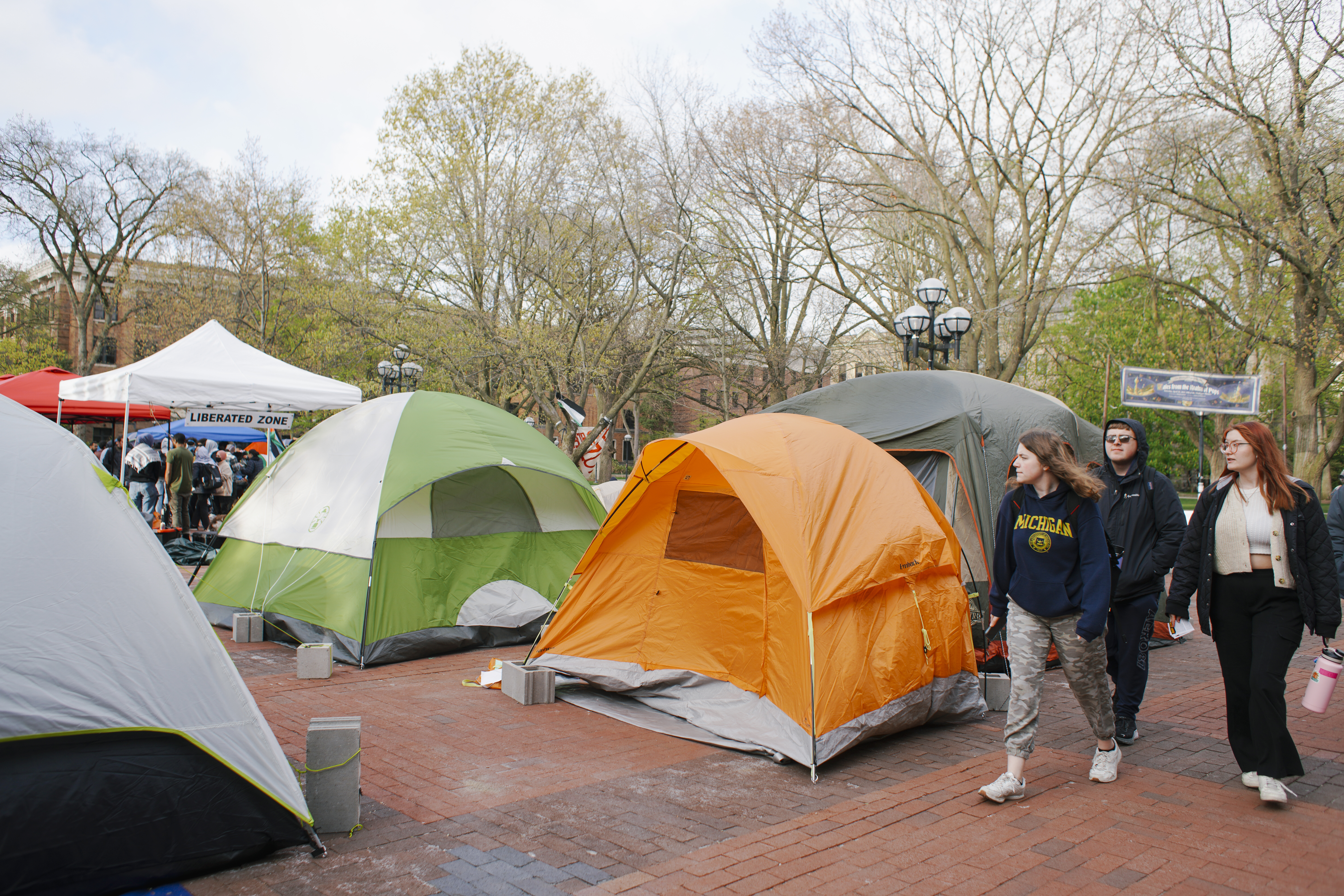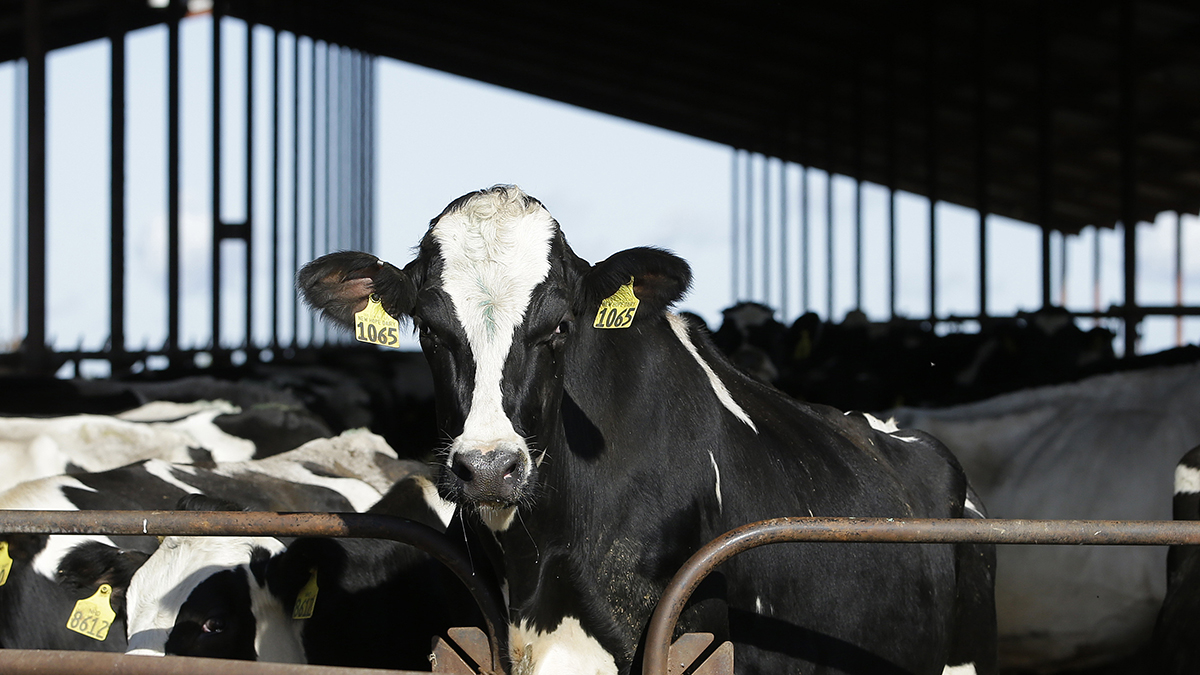A child's death from E. coli and more than a dozen other confirmed or probable cases have not been linked to a specific animal or exhibit, San Diego County officials said Wednesday. However, officials say their theory connecting the outbreak to livestock area remains unchanged.
Jedidiah Cabezuela, 2, visited the San Diego County Fair on June 15 and became sick four days later with confirmed Shiga toxin-producing E. coli (STEC 0157:H7).
The child developed a severe complication of E. coli infection and died nine days after the visit to the fair.
Cabezuela is one of 11 confirmed and two probable cases of E. coli that have been reported to the county as of July 31.
While every person affected had visited the petting zoo or had other contact with animals there, the County Health and Human Services Agency (HHSA) said the specific strain involved has not been found in any animal or environmental testing conducted to date.
The testing includes all petting zoo animals, pony ride horses, and two cattle from the livestock barn that were present during the timeframe the patients and victim visited the fair.
Thirty-two environmental samples from the petting zoo and livestock barn also showed no signs of STEC bacteria, the county said.
U.S. & World
News from around the country and around the globe
The county said the source of the outbreak was still under investigation, and said a specific source may never be determined.
Cabezuela's family and the families of two other patients filed separate lawsuits against the county and fair operators claiming they failed to warn them about the possible presence of the dangerous bacteria, and said hand-washing stations were not made accessible to children.
Health officials told the fair to close all animal exhibits, including the petting zoo, to the public on June 28.
The county inspected food vendor stations visited by the children and found no link to the bacteria.
The San Diego County Fair wrapped up its 2019 run on July 4.
After probable cases were reported on July 5, Dean Sidelinger, M.D., MSEd, interim deputy County of San Diego public health officer, said more cases would likely be reported in the weeks to come.
“This isn’t unusual for a public health investigation. We have asked local doctors to be on the lookout for symptoms of STEC,” Sidelinger added in a press release.
According to the HHSA, most people with a STEC infection start feeling sick three to four days after eating or drinking something that contains the bacteria. It can take up to 10 days after being exposed to E. coli for symptoms to show.
Symptoms vary but often include severe abdominal cramps, watery or bloody diarrhea, and vomiting. Symptoms may come with or without a fever.
Most people recover within five to seven days and, while some infections are mild, others are severe or life-threatening.
HHSA officials said the best prevention against STEC is practicing good, consistent handwashing hygiene, and to always wash hands thoroughly after any contact with animals or their environments.
The 2019 San Diego County Fair ran for 27 days, from May 31 to the Fourth of July. The fair is the largest annual event in San Diego County, drawing approximately 1.5 million visitors each season.
Ed. Note: An earlier version of this article suggested the cases of E.coli may not be tied to animals at the fair. A spokesperson for the county clarified Thursday that even though no testing has linked the outbreak to a specific animal, officials believe the source to be the livestock area of the fairgrounds.



